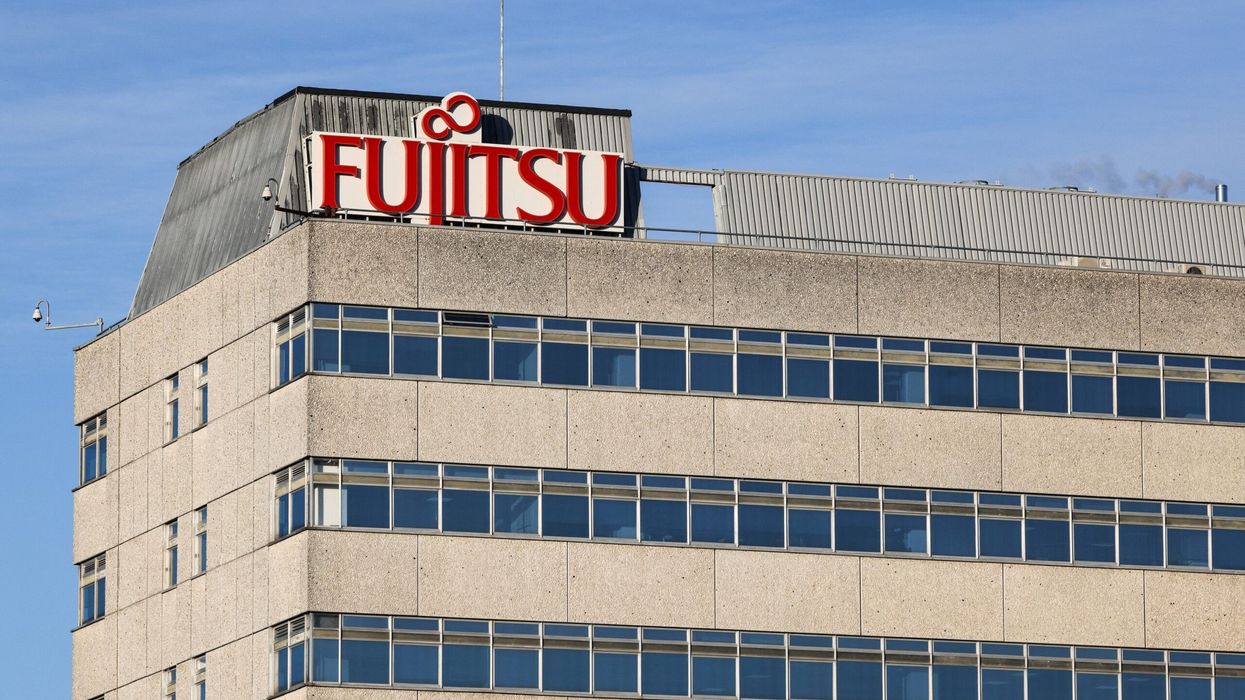THE UK saw a drop in the number of payrolled workers and job vacancies in the lead-up to business tax hikes and US tariffs, according to official data released Tuesday.
Preliminary estimates from the Office for National Statistics (ONS) showed a fall of 78,000 in payrolled employees in March compared to February. In February, the number had dropped by 8,000 from the previous month.
The ONS said job vacancies in the three months to March also fell, dipping below pre-pandemic levels for the first time since 2021.
Wage growth remained high, with annual growth in employees’ average regular earnings rising slightly to 5.9 per cent in the three months to February.
The data covers the period just before business tax increases took effect in April, which were announced in the Labour government’s first budget in October.
Ashley Webb, UK economist at Capital Economics, said the figures “provide some tentative evidence that businesses started to respond to rises in business taxes and the minimum wage from this month by reducing headcount”.
Businesses have raised concerns over the tax increases, warning they may cut back on hiring and limit pay increases.
The ONS added that the unemployment rate remained unchanged at 4.4 per cent in the three months to the end of February.
Webb also pointed to potential further effects on jobs from “the recent increase in uncertainty due to the chaotic way US tariff policy is being set”.
The UK was recently hit with a 10 per cent levy on exports to the United States as part of tariff measures introduced by former president Donald Trump. The tariffs affect several sectors, including steel, aluminium and cars.
The situation presents a challenge for the Bank of England, which is balancing high wage growth and inflation with economic risks from global trade measures.
“With pay growth still running above levels consistent with the inflation target, the... (BoE) will likely continue its gradual approach to cutting interest rates,” said Yael Selfin, chief economist at KPMG UK.
“However, that will be set against growing risks to the domestic economy which are likely to depress labour market activity,” she added.
In February, the Bank of England lowered its key interest rate by a quarter point, marking the third rate cut in six months. It also halved its economic growth forecast for the year, citing global risks and falling business confidence in the UK.
(With inputs from AFP)













